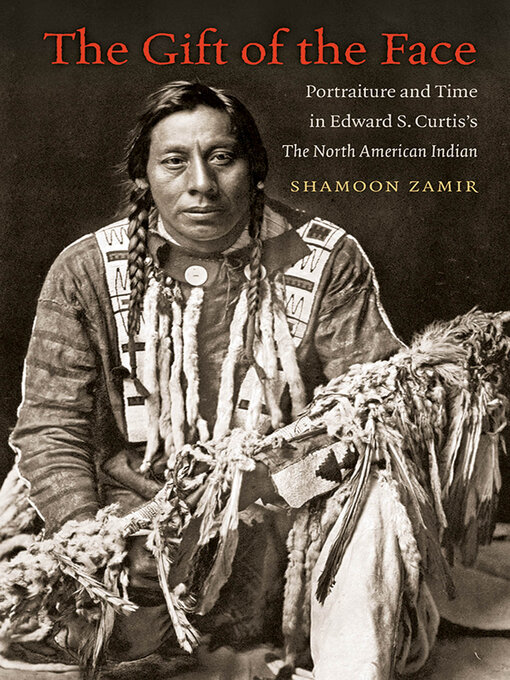- Poetry & Short Stories
- Engrossing Medical Reads
- Debut Novels
- Veterans and Stories of War
- Diverse Romances
- Family Dynamics
- Dystopian and Post Apocalyptic Novels
- Cyberpunk
- Cozy Mysteries
- See all
- Engrossing Medical Reads
- Race, Racism, Racial Justice, Racial Equality, and Anti-Racism
- Veterans and Stories of War
- Read by the Author
- Healthy Habits
- Family Dynamics
- Adulting
- True Crime
- See all

